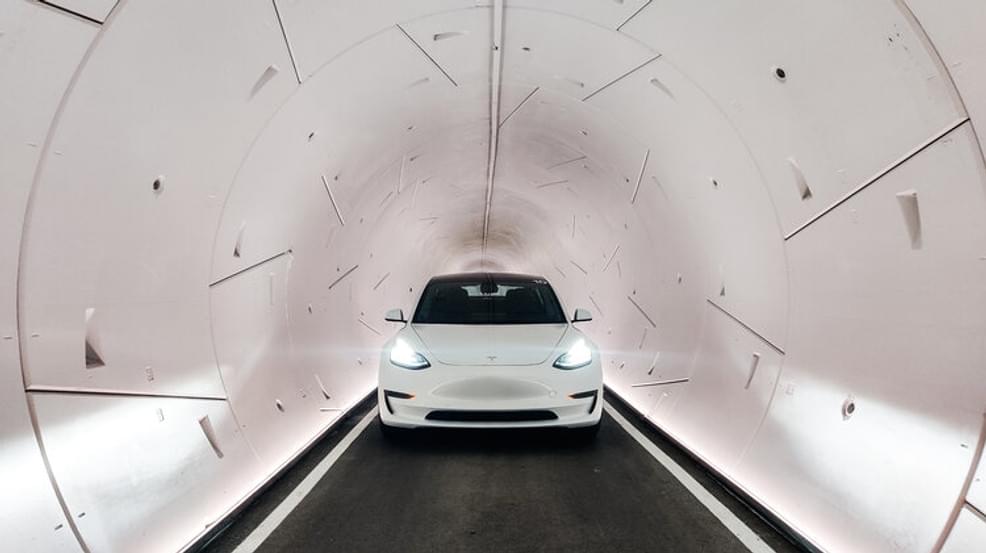Over the past few decades, computer scientists have developed increasingly advanced techniques to train and operate robots. Collectively, these methods could facilitate the integration of robotic systems in an increasingly wide range of real-world settings.
Researchers at Carnegie Mellon University have recently created a new system that allows users to control a robotic hand and arm remotely, simply by demonstrating the movements they want it to replicate in front of a camera. This system, introduced in a paper pre-published on arXiv, could open exciting possibilities for the teleoperation and remote training of robots completing missions in both everyday settings and environments that are inaccessible to humans.
“Prior works in this area rely either on gloves, motion markers or a calibrated multi-camera setup,” Deepak Pathak, one of the researchers who developed the new system, told TechXplore. “Instead, our system works using a single uncalibrated camera. Since no calibration is needed, the user can be standing anywhere and still successfully teleoperate the robot.”





